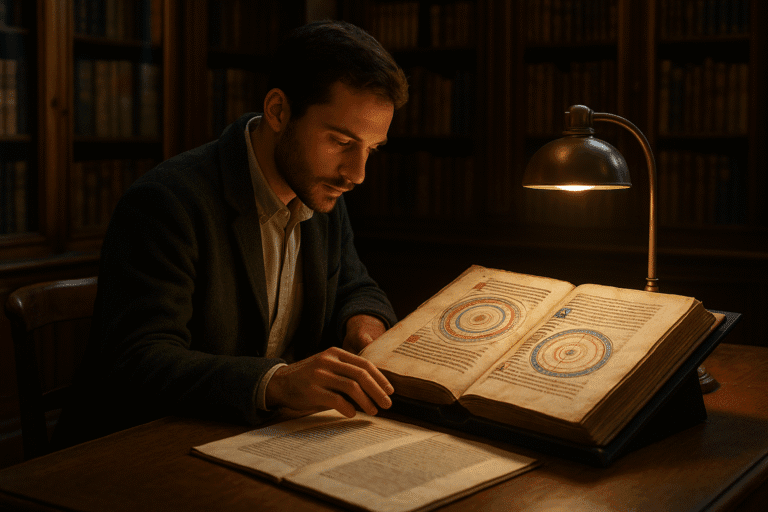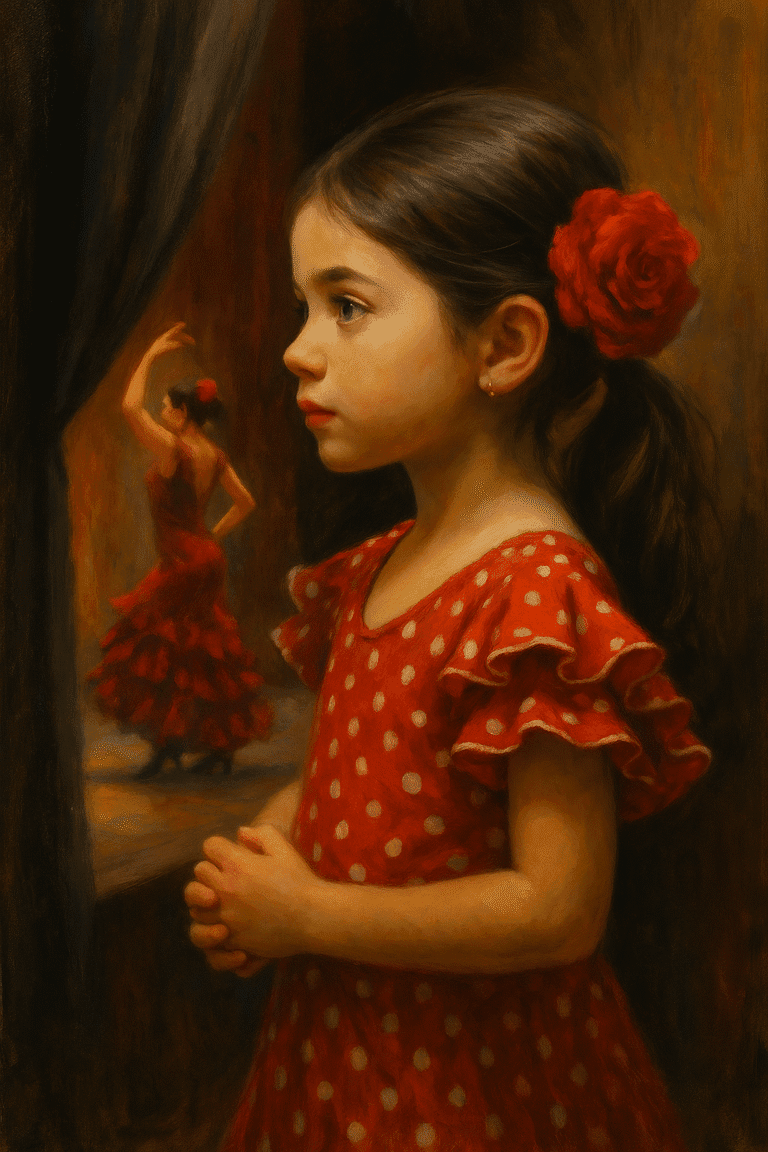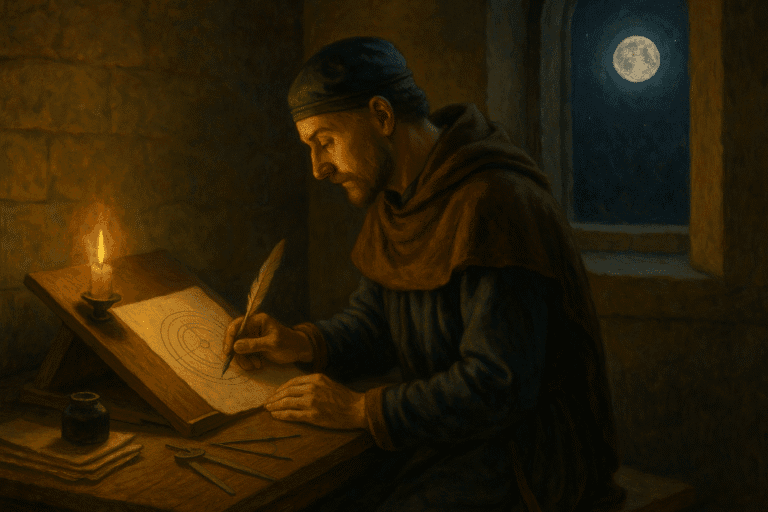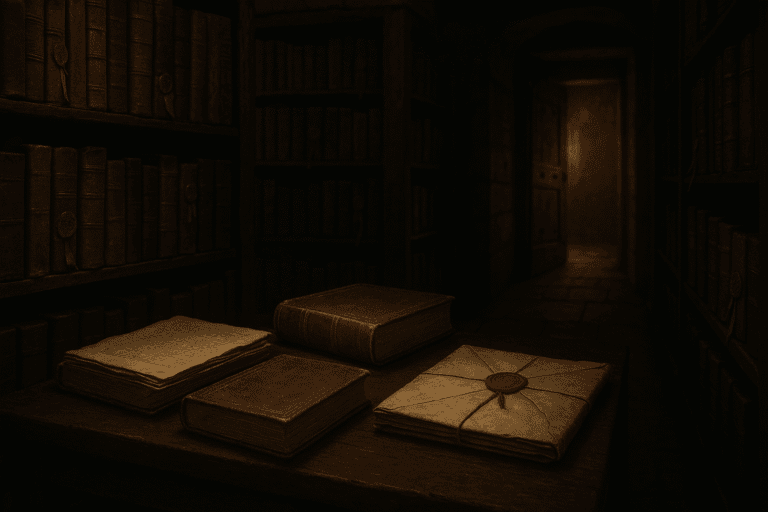Voices that are not from Heaven
Continuation of The Sphere and the Moon. The Scribe of the Stars: The Vatican Library Read Chapter 1 first.
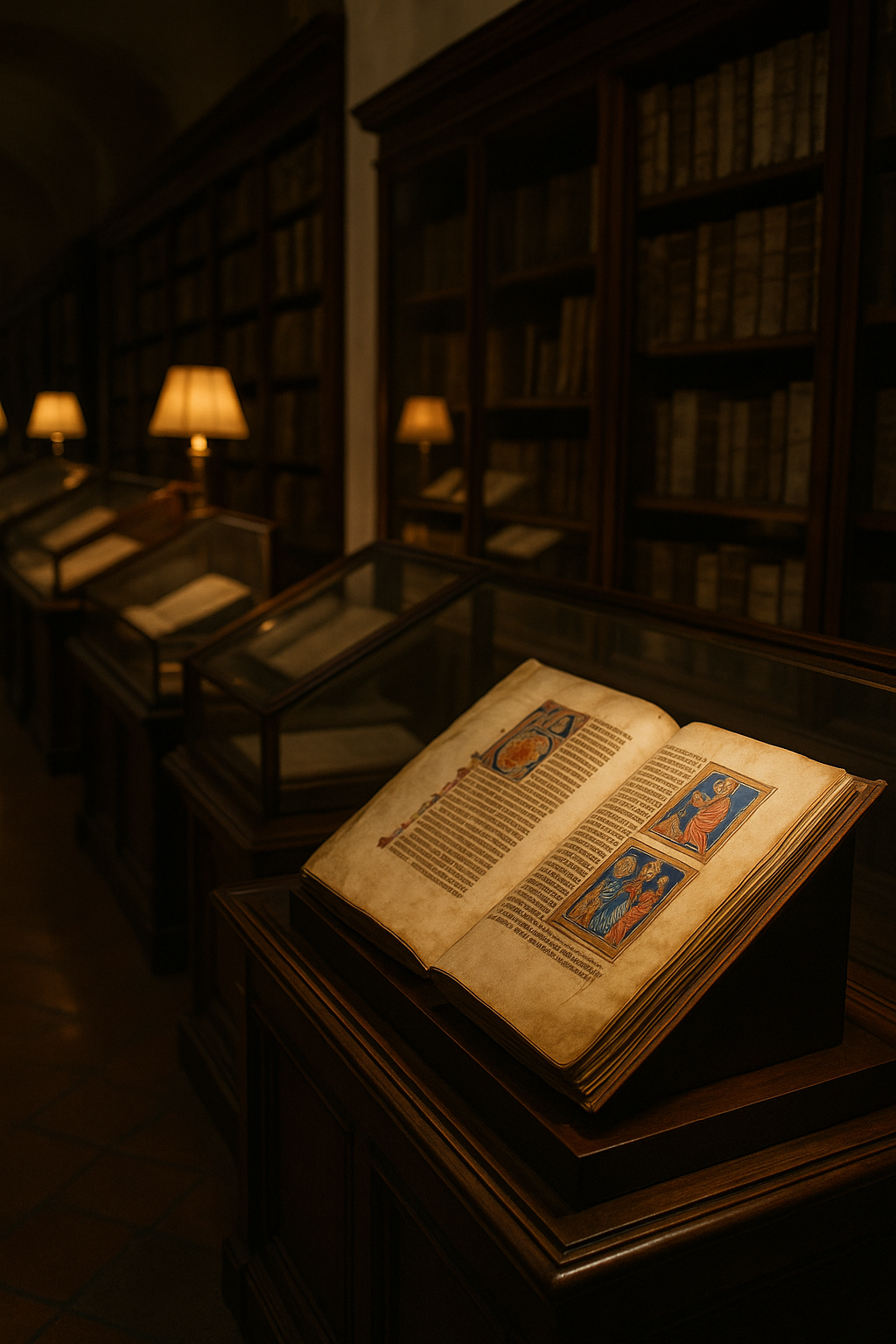
📖 Chapter 3 — Voices Not from Heaven
The doctoral student advances. He leaves behind the spheres and calculations and enters another orbit, that of pulsing words. The display cases change their music: it is no longer the beat of the stars, but the pulse of poetry, of the memory of the people.
There awaits him a parchment codex, with miniatures faded by centuries of looking, the Vergilius Vaticanus. In its pages, the Aeneid It still burns. A Trojan flees in his father's arms, painted in colors that survived the Empire. The student feels the Latin letters ignite like embers, as if Virgil were still dictating into Rome's ear.
A few more steps, and the strength of another voice appears, The Divine Comedy, accompanied by illustrations that some attribute to Botticelli's hand. Circles of Hell, twists of Purgatory, skies of Paradise: the same geometry of the stars, but applied to the soul. The doctoral candidate recognizes in these curved lines the echo of John of Sacrobosco, monk and astronomer of the 13th century, author of the treatise De Sphaera Mundi. He then understands that science and poetry shared, for centuries, the same ink and the same geometry.
Almost hidden, a codex folded like an accordion, painted with intense blues and reds: the Borgia Codex, Mesoamerican heritage. Between gods, calendars, and symbols, beats a world that never heard the name of Rome. And yet, here it is, guarded within Vatican walls: a library that dares to guard entire universes. This codex comes from the Nahuatl, a Mesoamerican people to which the Mexicas or Aztecs belonged, whose language—Nahuatl—still lives today in Mexico.
The student smiles. He understands that the Vatican Library is not only an archive of the heavens, but also a choir of voices: Greek and Latin, Italian and Nahuatl, Hebrew and Arabic. Each manuscript is a distinct star, and together they form a human constellation.
He closes his eyes for a moment. And he feels the same whisper that was born under a full moon still accompanying him. The wonder wasn't just in the calculation of the spheres: it was in the caressing calligraphy, in the color that explains the inexplicable, in the anonymous voice that traverses the centuries.
✨ Royal treasures cited
- Vergilius Vaticanus (4th century, Vat. lat. 3225): one of the oldest illustrated manuscripts of the Aeneid.
- The Divine Comedy with illustrations attributed to Botticelli (15th century, Vat. lat. 1896).
- Codex Borgia (15th century, Vatican Borgia): Mesoamerican ritual codex, of Nahua tradition.
- Other collections housed in the Vatican include Hebrew, Arabic, Greek, and Latin manuscripts, as well as numismatic and graphic collections.

